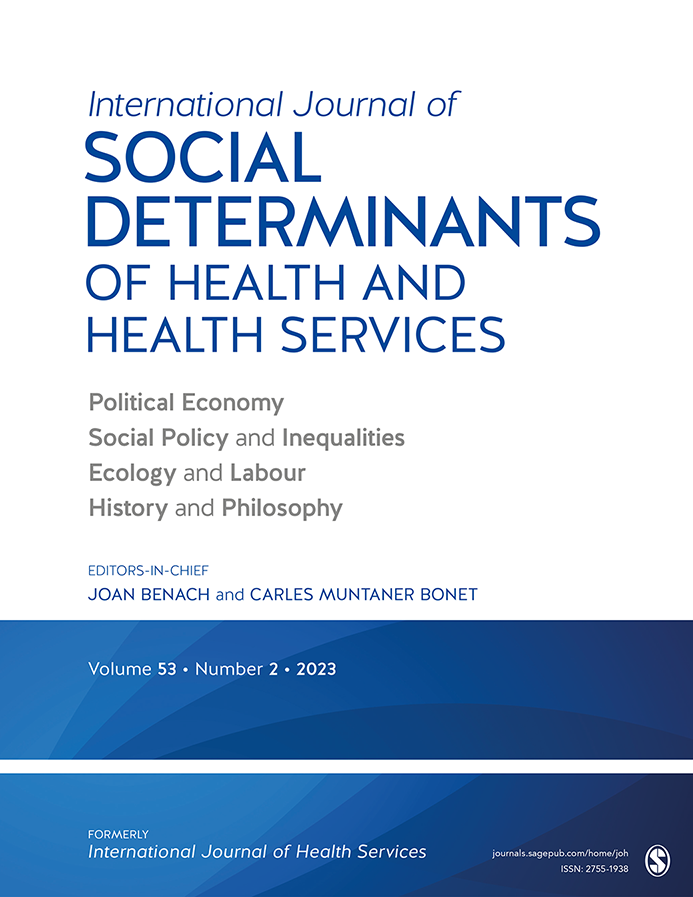Scientific Reports: Comparing the COVID-19 pandemic in space and over time in Europe, using numbers of deaths, crude rates and adjusted mortality trend ratios
authors: Valentina Gallo, Paolo Chiodini, Dario Bruzzese, Elias Kondilis, Dan Howdon, Jochen Mierau & Raj Bhopal
Abstract
Comparison of COVID-19 trends in space and over time is essential to monitor the pandemic and to indirectly evaluate non-pharmacological policies aimed at reducing the burden of disease. Given the specific age- and sex- distribution of COVID-19 mortality, the underlying sex- and age-distribution of populations need to be accounted for. The aim of this paper is to present a method for monitoring trends of COVID-19 using adjusted mortality trend ratios (AMTRs). Age- and sex-mortality distribution of a reference European population (N = 14,086) was used to calculate age- and sex-specific mortality rates. These were applied to each country to calculate the expected deaths. Adjusted Mortality Trend Ratios (AMTRs) with 95% confidence intervals (C.I.) were calculated for selected European countries on a daily basis from 17th March 2020 to 29th April 2021 by dividing observed cumulative mortality, by expected mortality, times the crude mortality of the reference population. These estimated the sex- and age-adjusted mortality for COVID-19 per million population in each country. United Kingdom experienced the highest number of COVID-19 related death in Europe. Crude mortality rates were highest Hungary, Czech Republic, and Luxembourg. Accounting for the age-and sex-distribution of the underlying populations with AMTRs for each European country, four different patterns were identified: countries which experienced a two-wave pandemic, countries with almost undetectable first wave, but with either a fast or a slow increase of mortality during the second wave; countries with consistently low rates throughout the period. AMTRs were highest in Eastern European countries (Hungary, Czech Republic, Slovakia, and Poland). Our methods allow a fair comparison of mortality in space and over time. These might be of use to indirectly estimating the efficacy of non-pharmacological health policies. The authors urge the World Health Organisation, given the absence of age and sex-specific mortality data for direct standardisation, to adopt this method to estimate the comparative mortality from COVID-19 pandemic worldwide.
full atircle here






